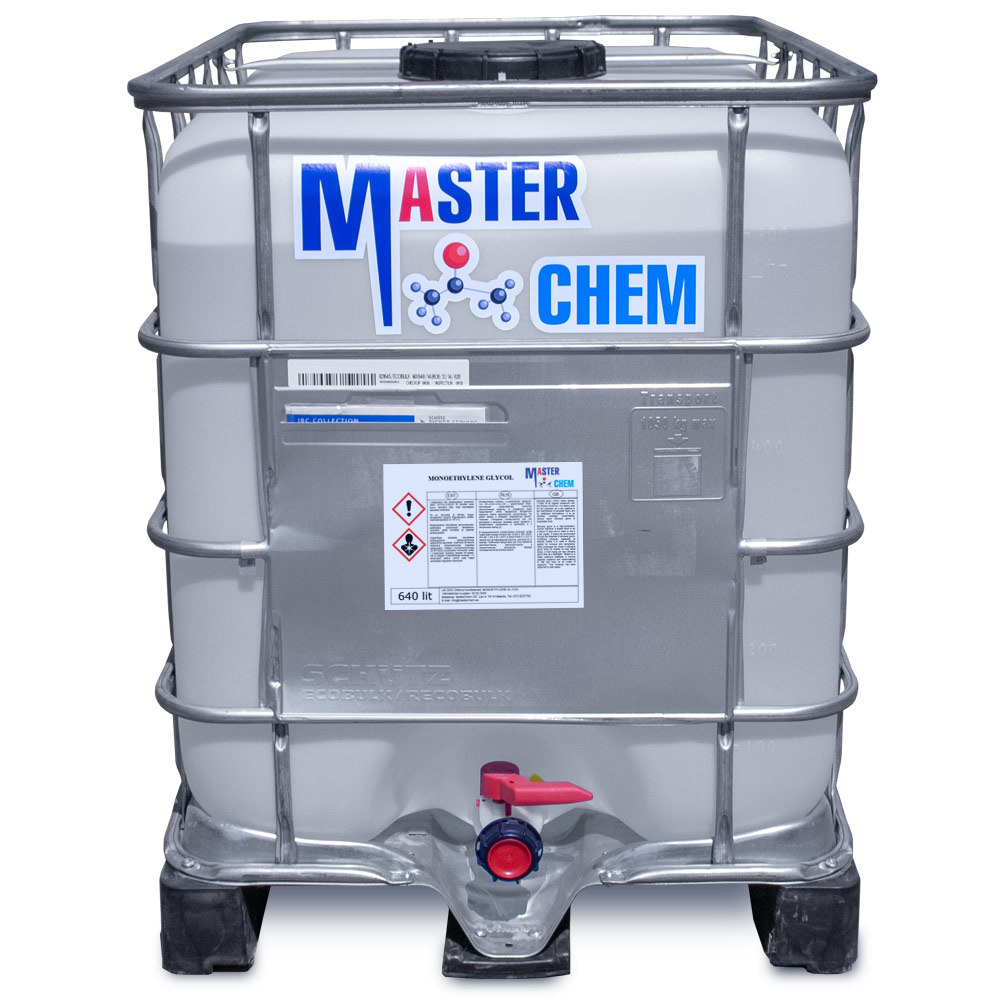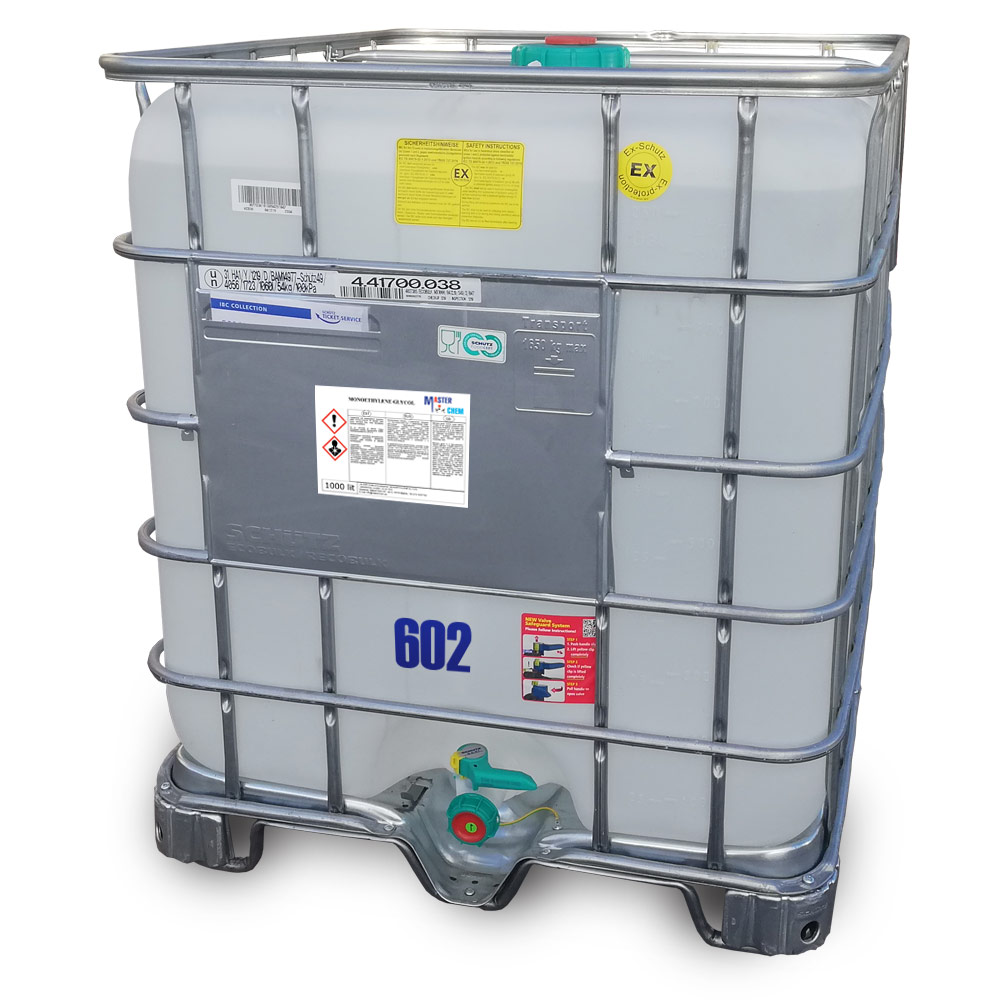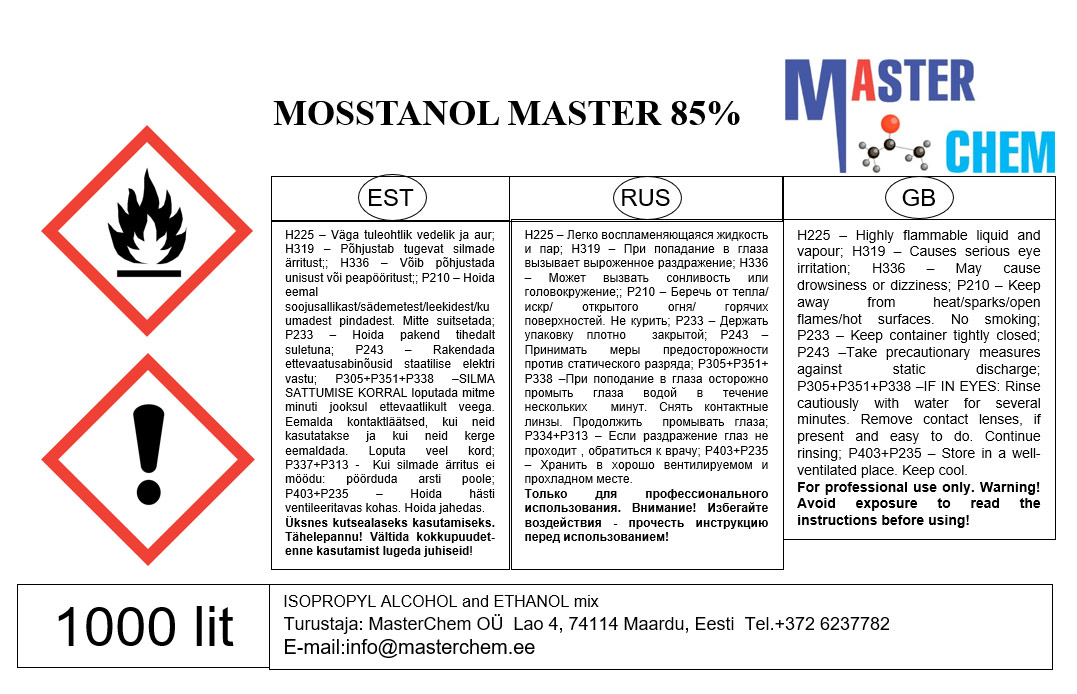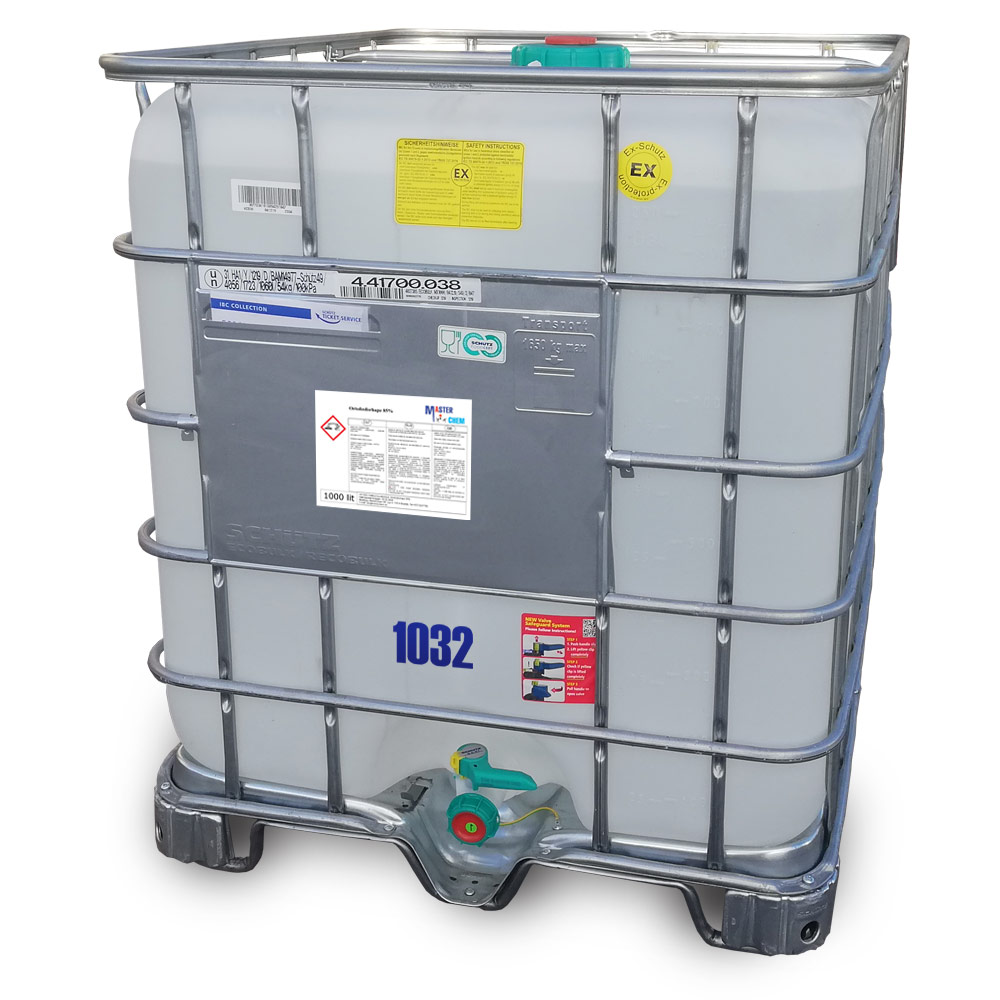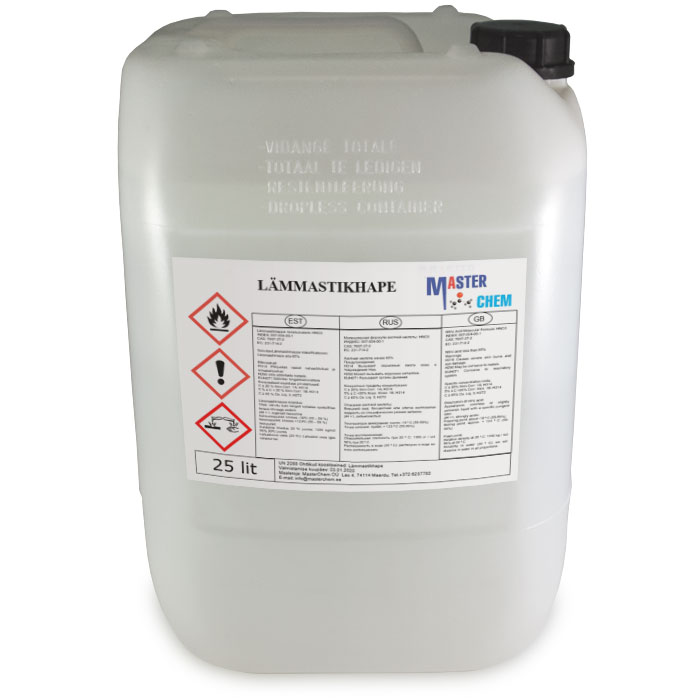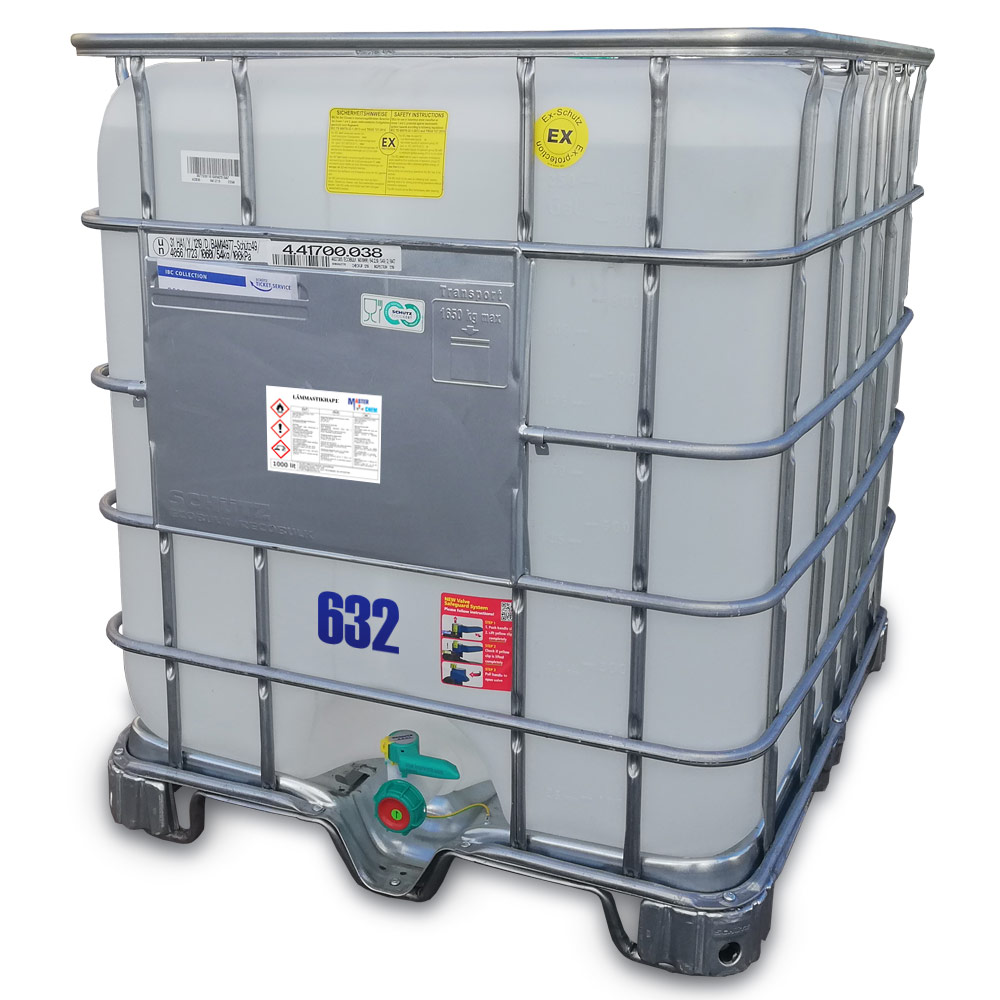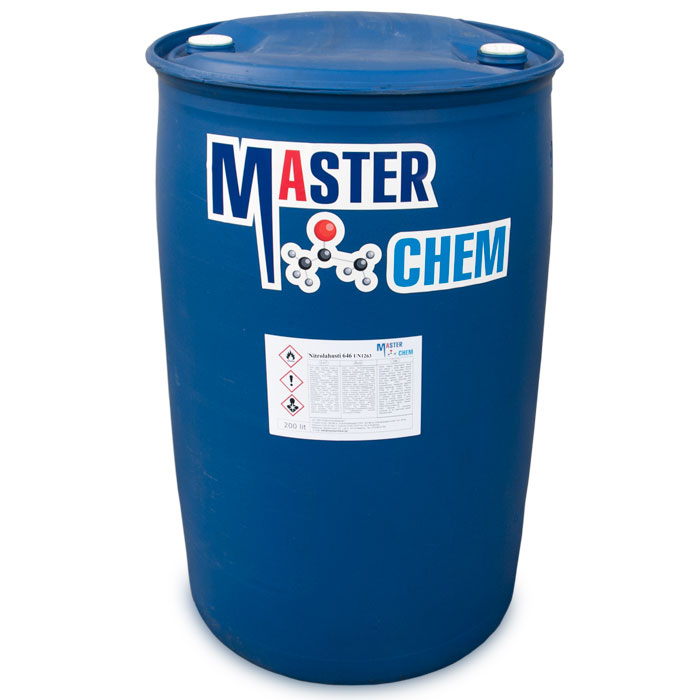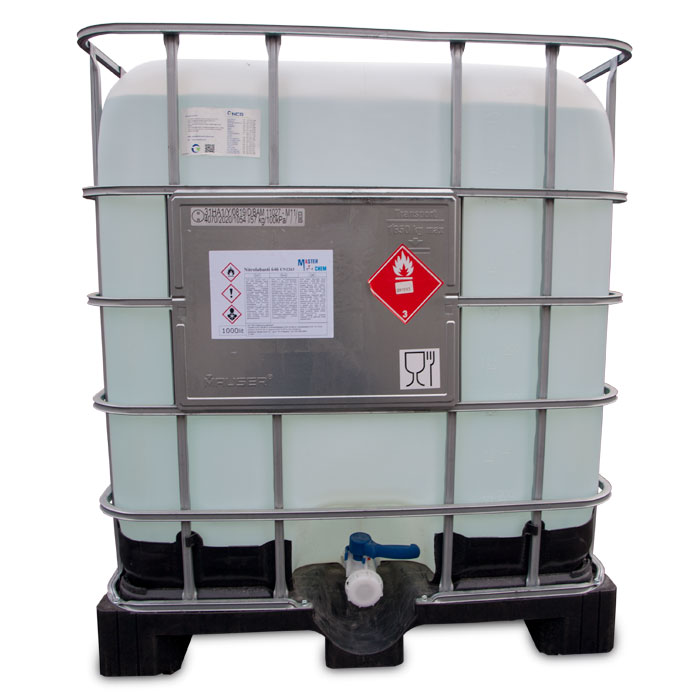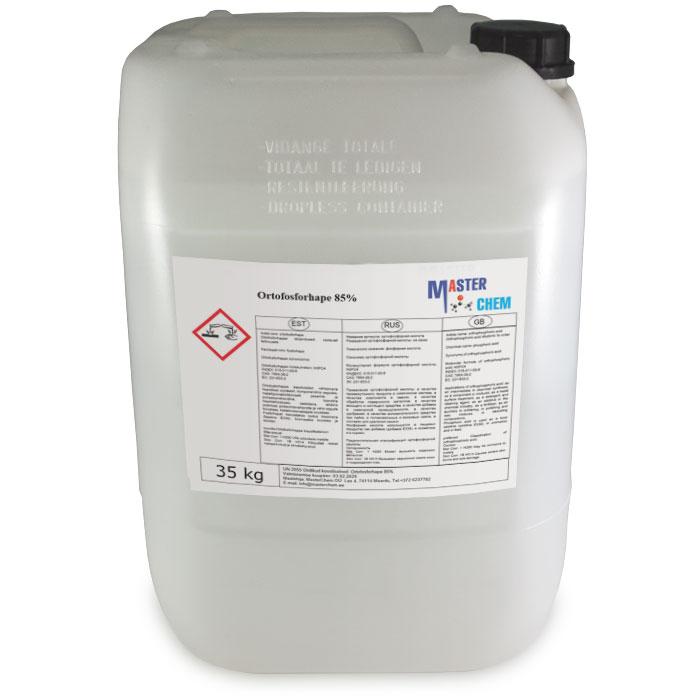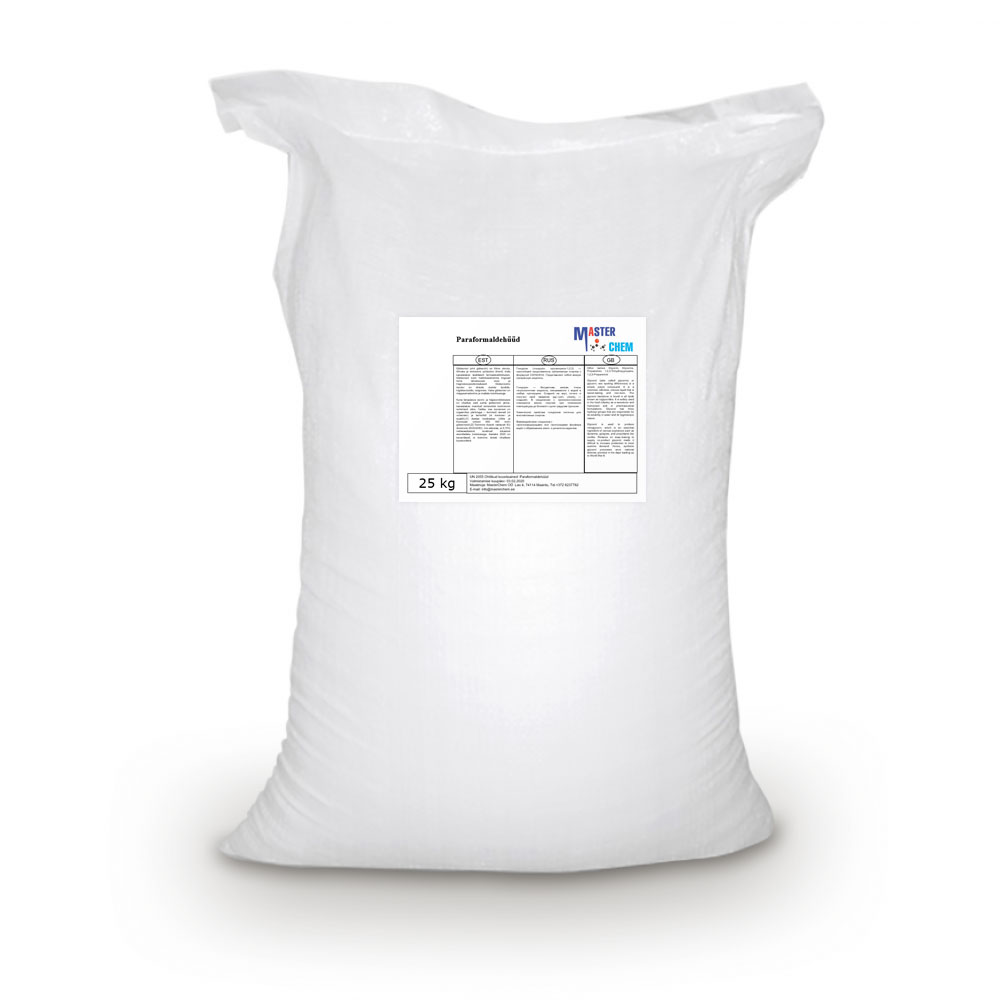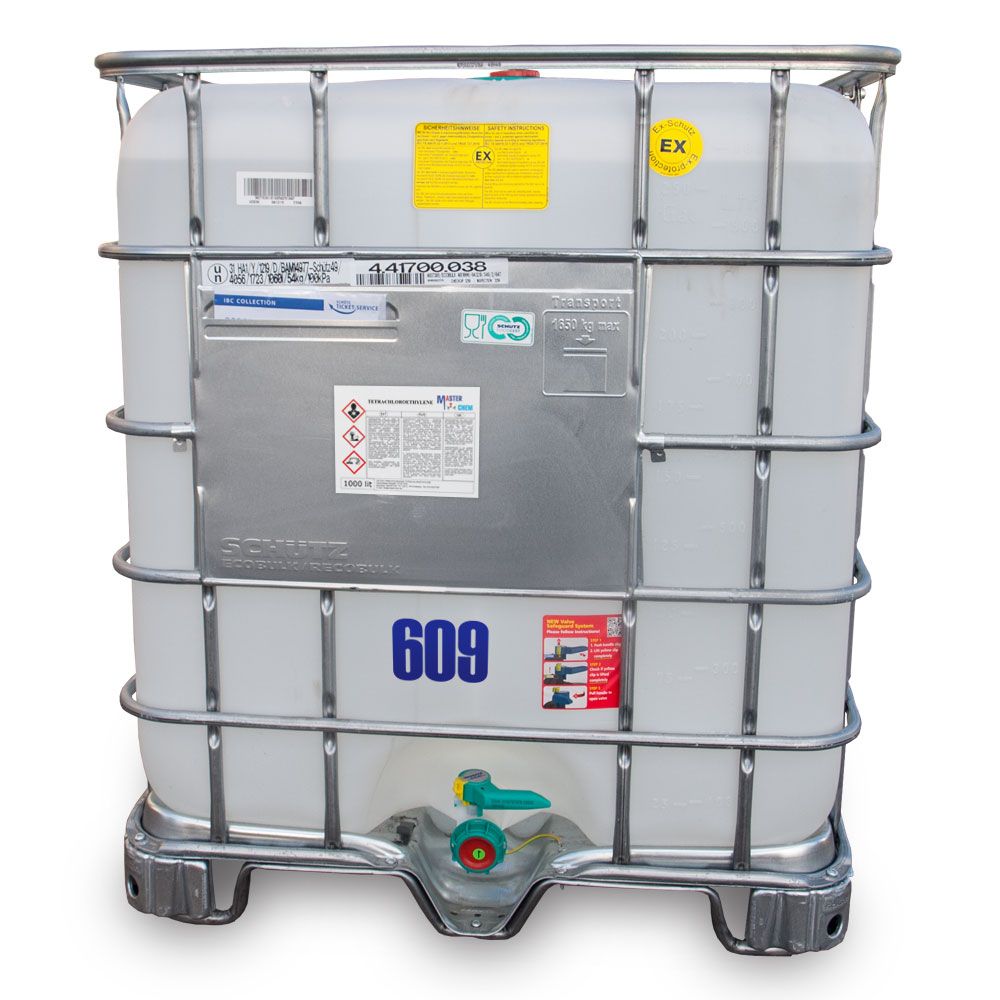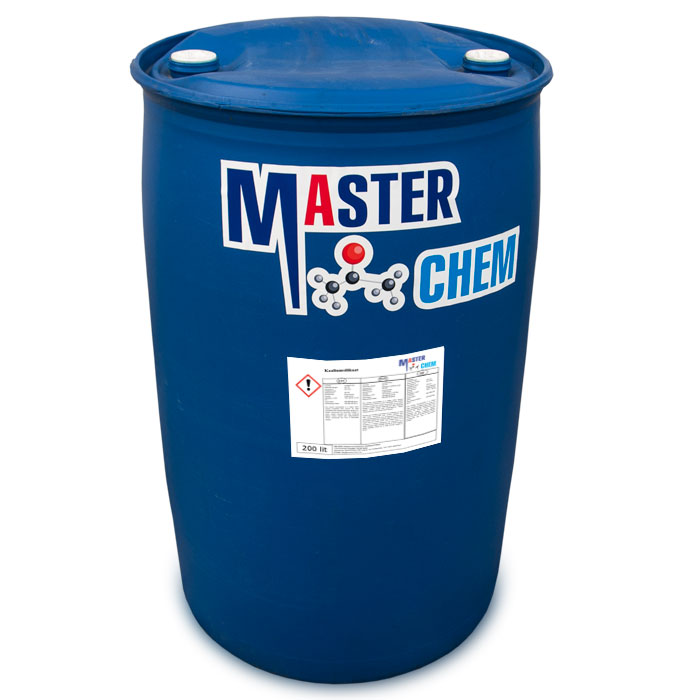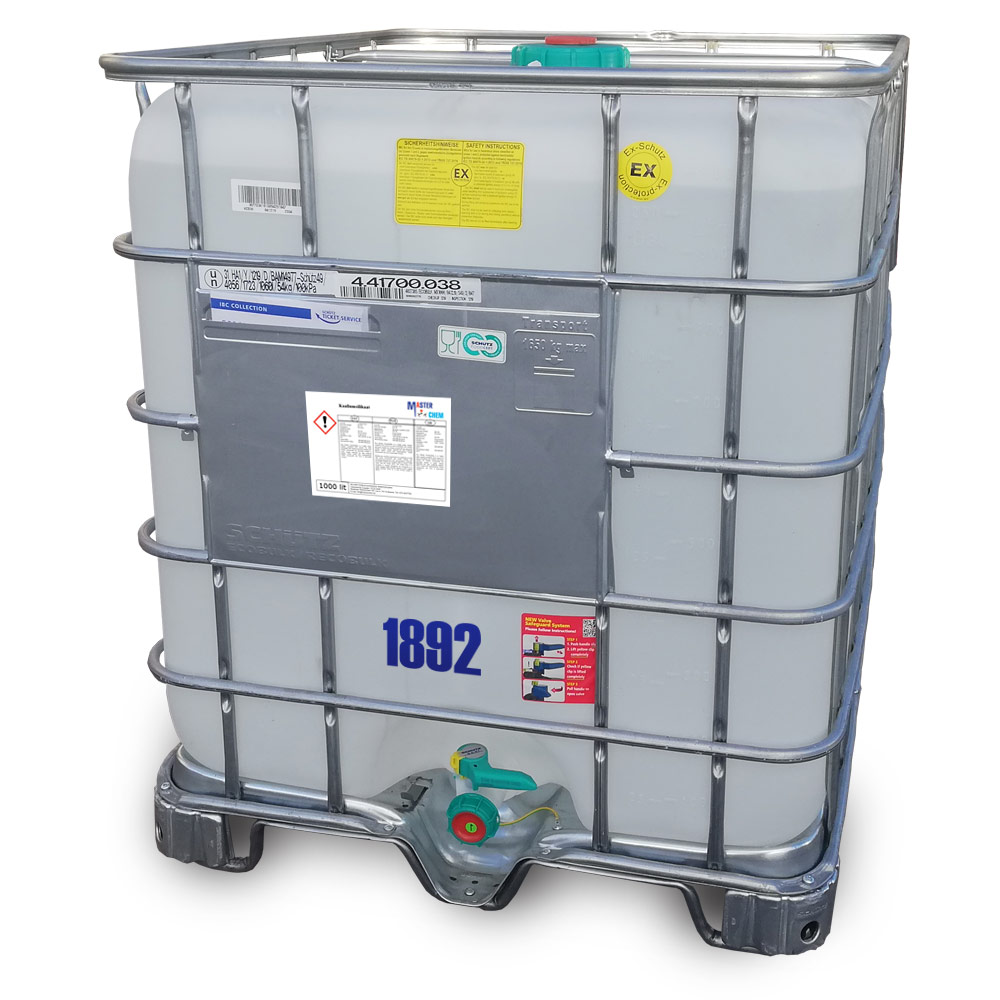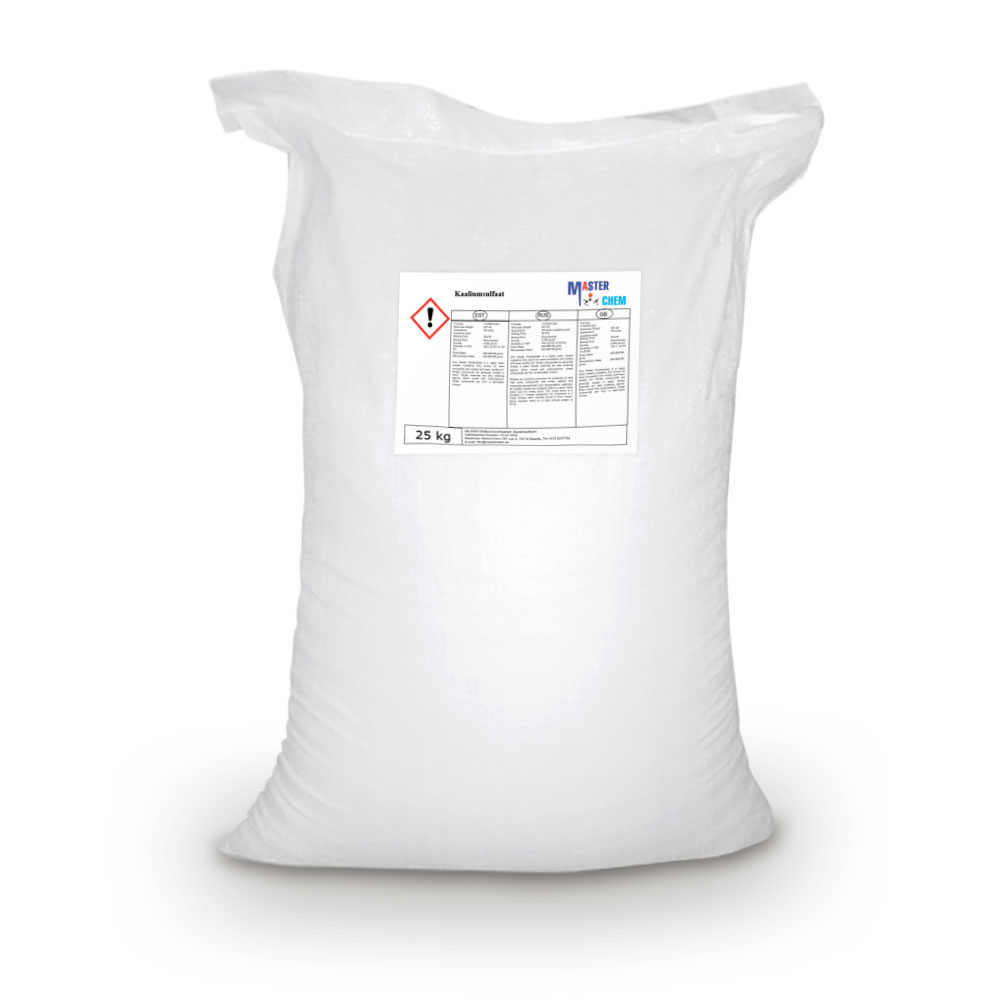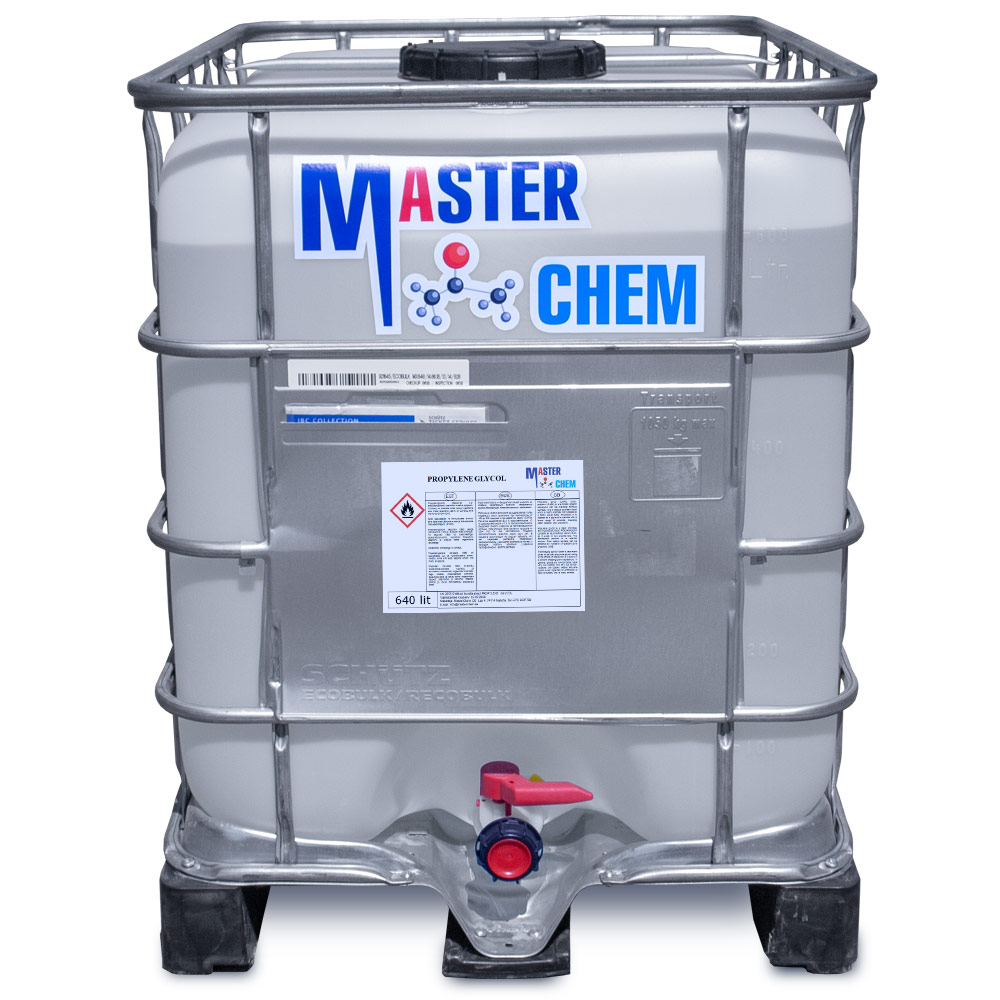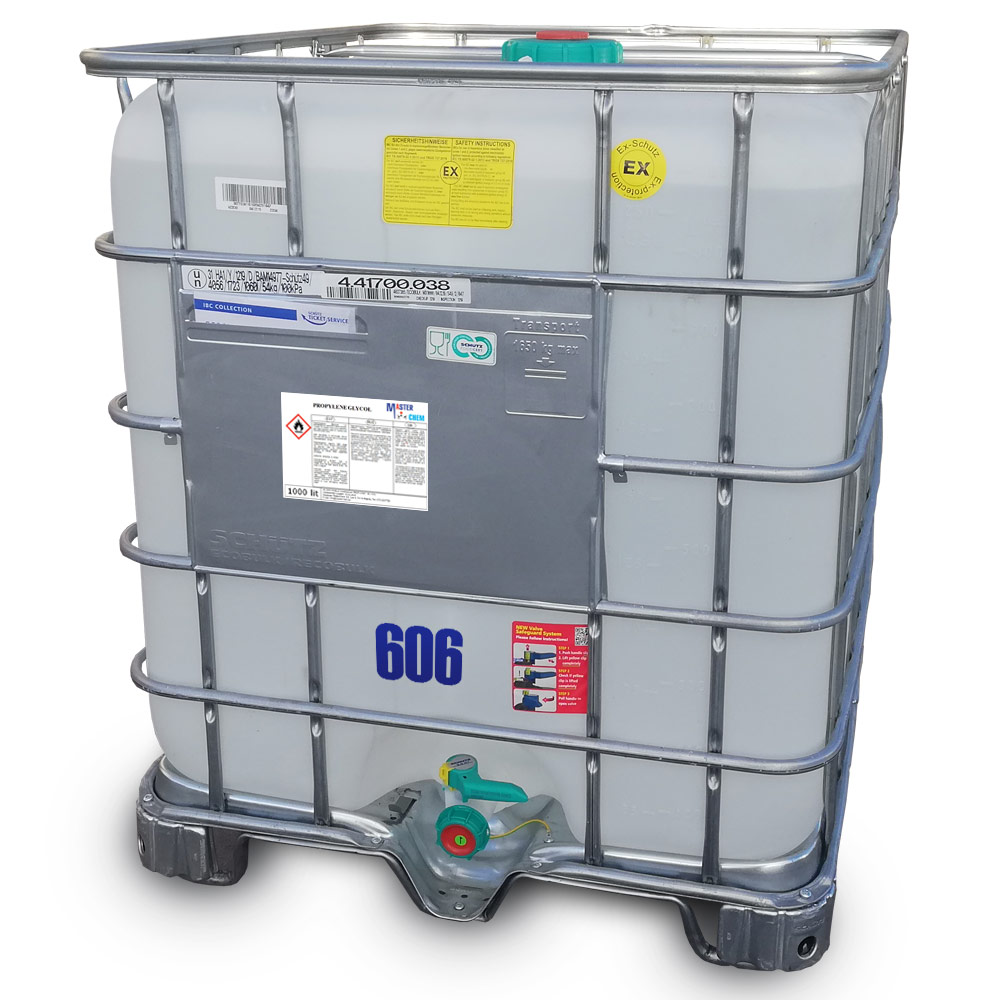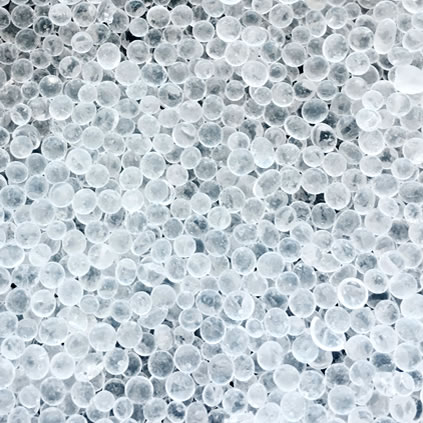Currently Empty: €0.00
Monoethylene glycol (CAS 107-21-1)
Monoethylene glycol is mainly used to make polyester, polyester resin, thinner, plasticizer, surfactant, synthetic fiber, cosmetics and explosives.
Monoethylene glycol can also be used as a paint/ink solvent, engine antifreeze, dehydrating agent. In addition, ethylene glycol can be used to make synthetic resin PET, fiber grade PET (polyfiber) and mineral water bottle chip grade PET.
Monoethylene glycol It can also be used to make hydramine resin, surfactant, oxalaldehyde and explosive. Furthermore, ethylene glycol can be used as an antifreeze.
Paraformaldehyde (CAS 30525-89-4)
Paraformaldehyde (CAS 30525-89-4)
Paraformaldehyde (PFA) is the smallest polyoxymethylene, the polymerization product of formaldehyde with a typical degree of polymerization of 8–100 units. Paraformaldehyde commonly has a slight odor of formaldehyde due to decomposition. Paraformaldehyde is a poly-acetal.
Potassium silicate (CAS 1312-76-1)
Potassium silicate (CAS 1312-76-1)
Potassium silicate is the name for a family of inorganic compounds. The most common potassium silicate has the formula K2SiO3, samples of which contain varying amounts of water. These are white solids or colorless solutions.
Some metal cleaning formulations use potassium silicate, which also serves as a corrosion inhibitor. It also finds various uses in the fabrication of welding rods or even of cosmetics.
Potassium sulphate (CAS 7778-80-5)
Potassium sulphate (CAS 7778-80-5)
Potassium sulfate (US) or potassium sulphate (UK), also called sulphate of potash (SOP), arcanite, or archaically potash of sulfur, is the inorganic compound with formula K2SO4, a white water-soluble solid. It is commonly used in fertilizers, providing both potassium and sulfur.
The dominant use of potassium sulfate is as a fertilizer. K2SO4 does not contain chloride, which can be harmful to some crops. Potassium sulfate is preferred for these crops, which include tobacco and some fruits and vegetables. Crops that are less sensitive may still require potassium sulfate for optimal growth if the soil accumulates chloride from irrigation water.
The crude salt is also used occasionally in the manufacture of glass. Potassium sulfate is also used as a flash reducer in artillery propellant charges. It reduces muzzle flash, flareback and blast overpressure. It is sometimes used as an alternative blast media similar to soda in soda blasting as it is harder and similarly water-soluble. Potassium sulfate can also be used in pyrotechnics in combination with potassium nitrate to generate a purple flame.
Propylene glycol (CAS 57-55-6)
Other names: α-Propylene glycol, 1,2-Propanediol, 1,2-Dihydroxypropane, Methyl ethyl glycol (MEG), Methylethylene glycol
Propylene glycol (IUPAC name: propane-1,2-diol) is a synthetic organic compound with the chemical formula C3H8O2. It is a viscous colorless liquid which is nearly odorless but possesses a faintly sweet taste. Chemically it is classed as a diol and is miscible with a broad range of solvents, including water, acetone, and chloroform.
CAS: 57-55-6
Propylene glycol monoethyl ether (CAS 52125-53-8)
Other names: PGME , 1-Methoxy-2-propanol, Methoxypropanol, α-Propylene glycol monomethyl ether, Dowanol PM
Propylene glycol methyl ether (PGME or 1-methoxy-2-propanol) is an organic solvent with a wide variety of industrial and commercial uses. Similar to other glycol ethers, it is used as a carrier/solvent in printing/writing inks. It also finds use as an in industrial and commercial paint stripper.
CAS: 52125-53-8
Silica gel (CAS 7631-86-9)
Silica gel is a granular, vitreous, porous form of silicon dioxide made synthetically from sodium silicate. Silica gel contains a nano-porous silica micro-structure, suspended inside a liquid. Most applications of silica gel require it to be dried, in which case it is called silica xerogel. For practical purposes, silica gel is often interchangeable with silica xerogel.
CAS: 7631-86-9

